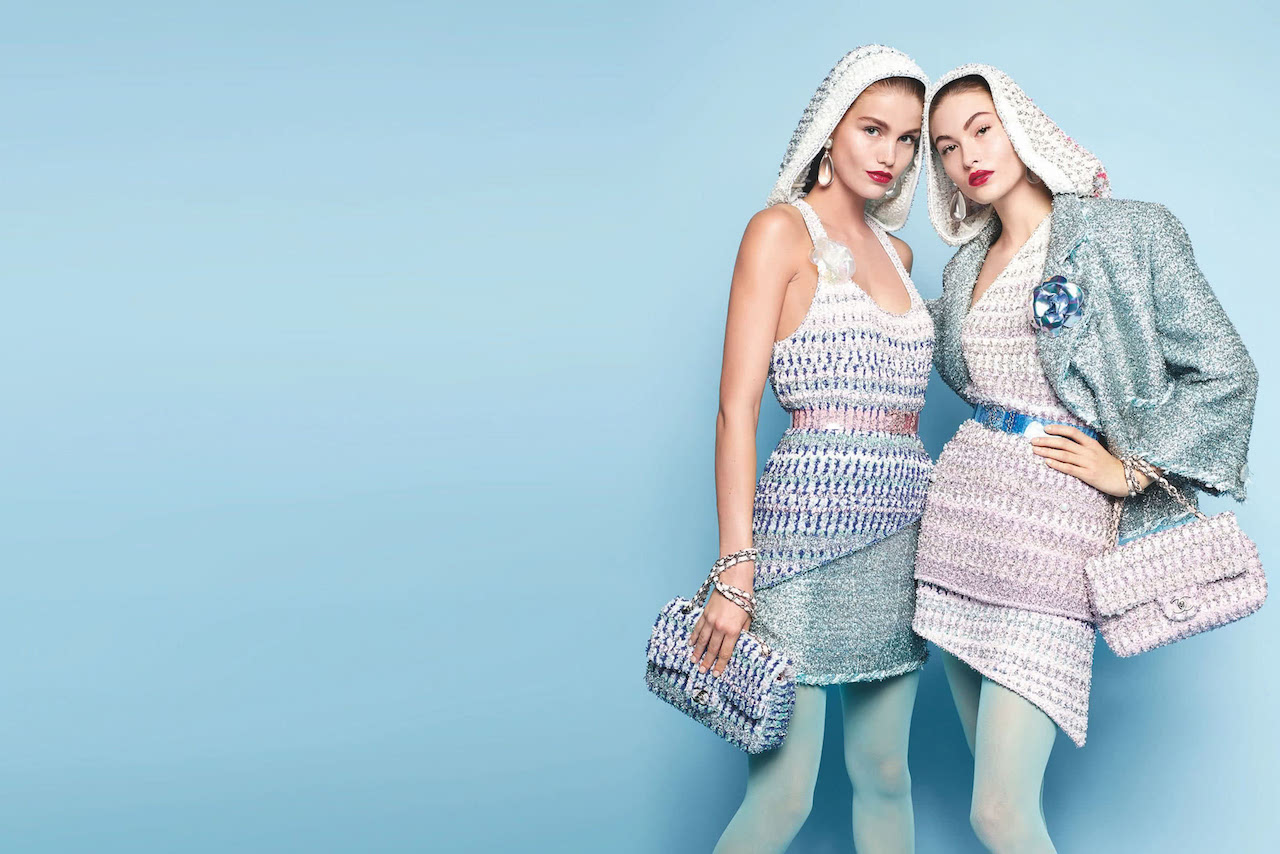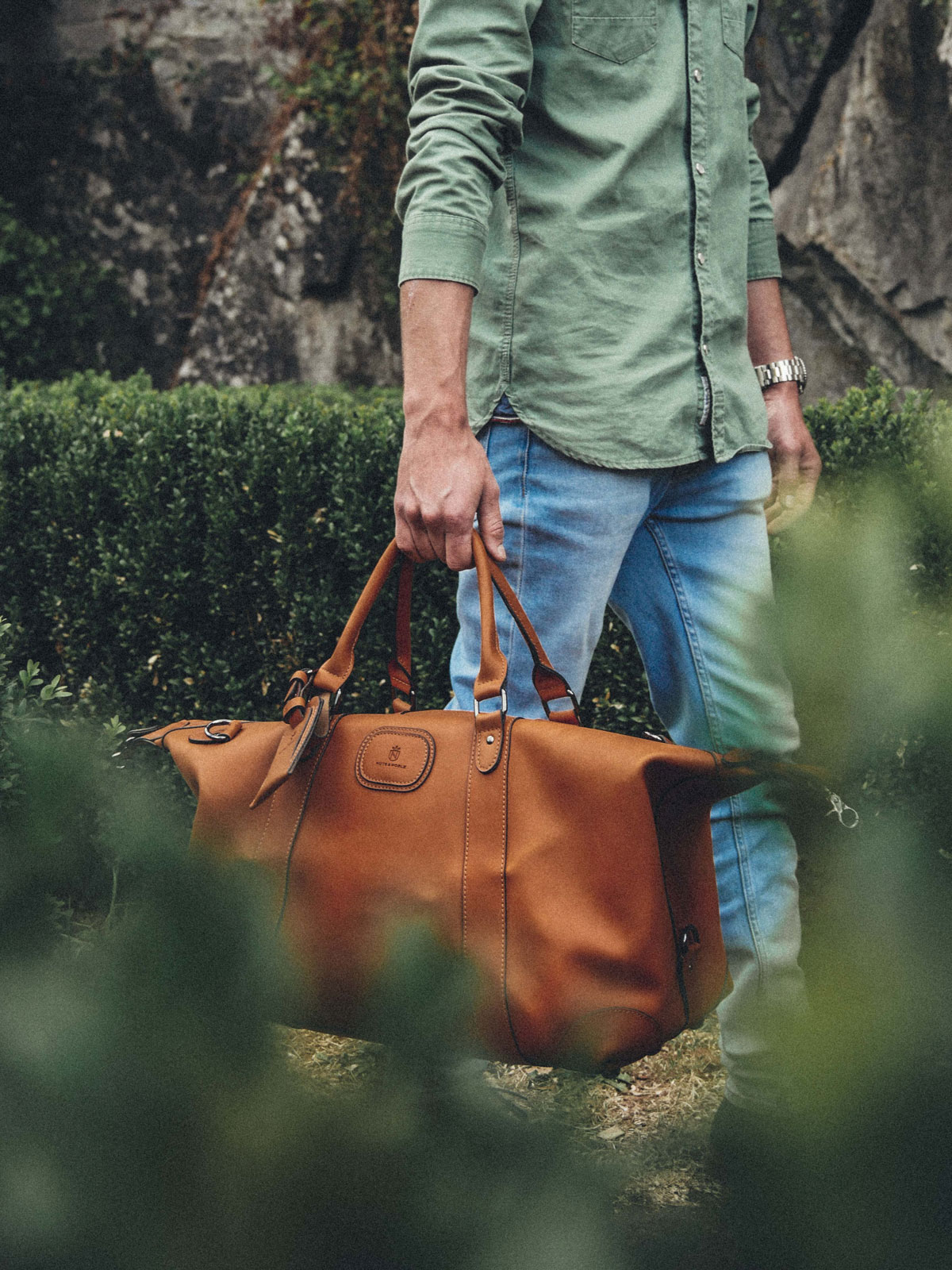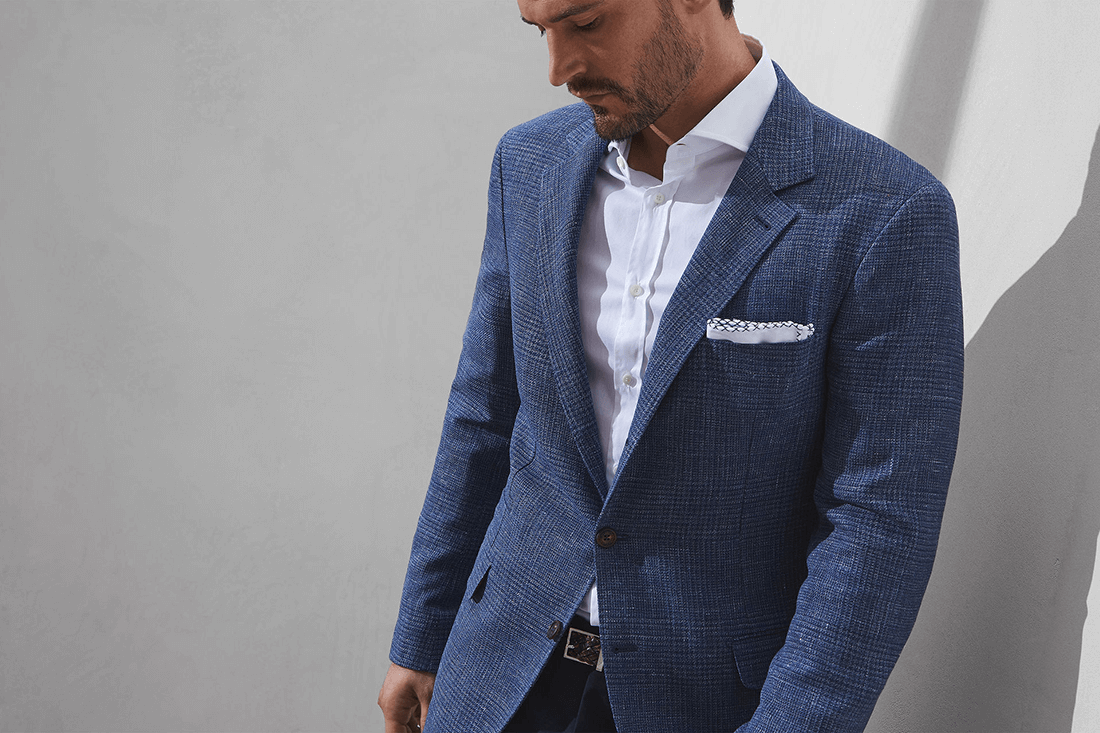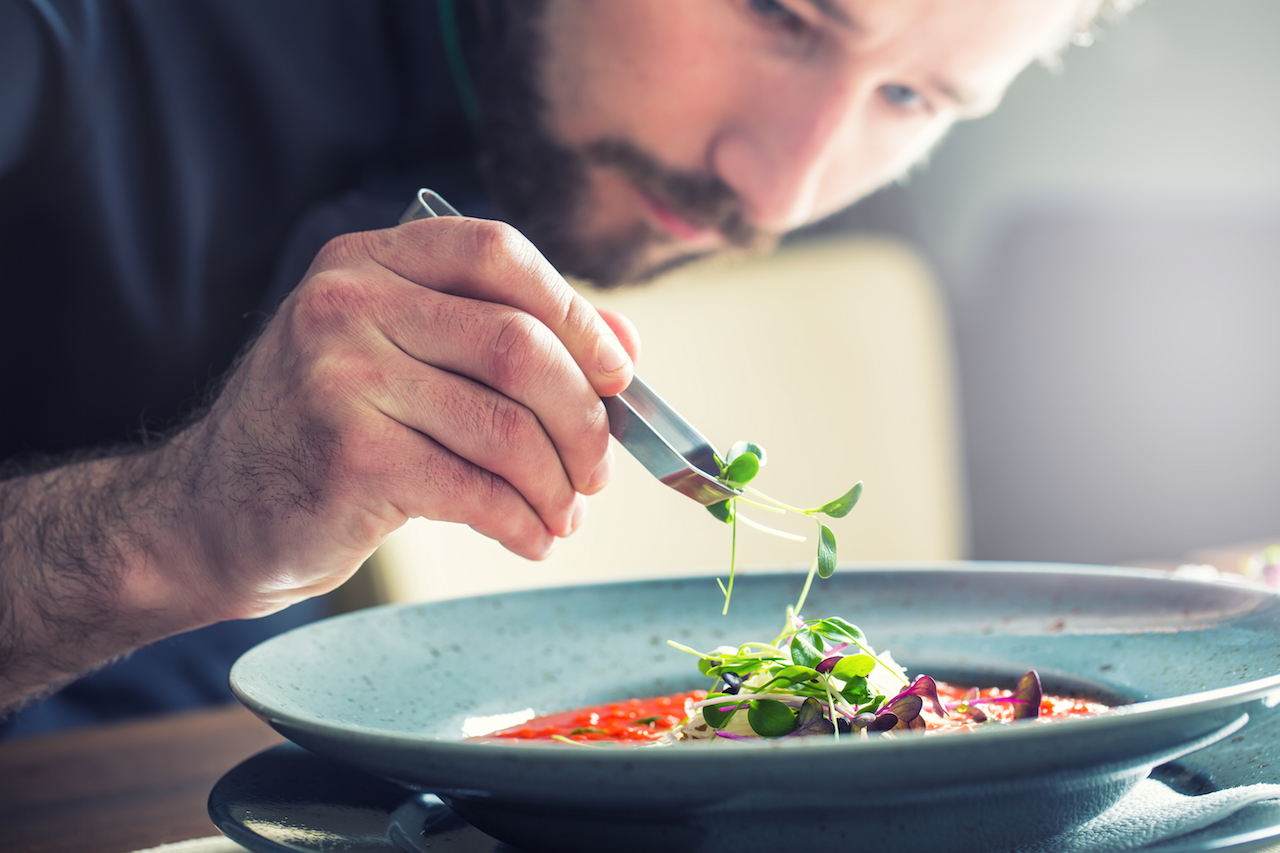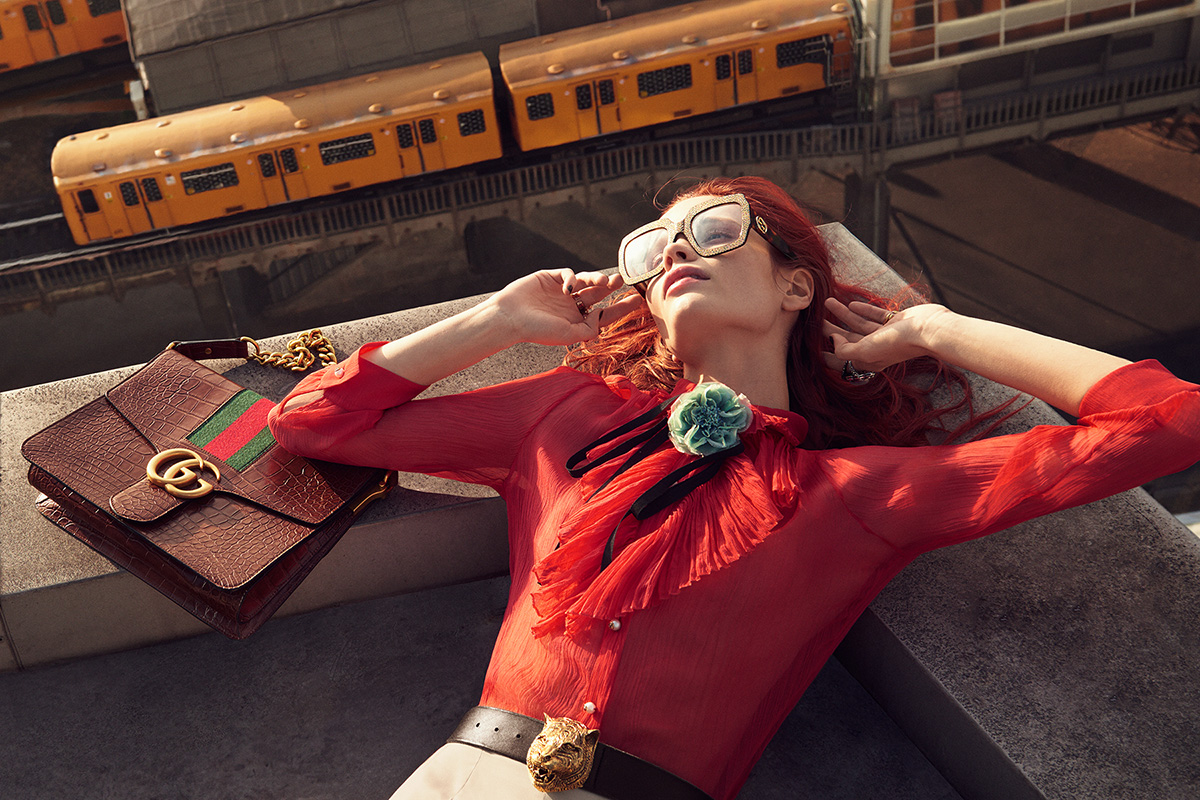How Luxury Brands Build Marketing Hype For Millennial Consumers
Affluent Millennials are the luxury industry’s most covered consumers target as their contribution to global luxury sales increased to 30 percent last year. More importantly, Millennials and Gen Z consumers drove 85 percent of the luxury growth in 2017 according to research group Bain & Company.
In fact, Millennial consumers are expected to surpassed Baby Boomers as the largest consumer segments in the United States by 2019. The Pew Research Centre found indeed that the “Millennial generation continues to grow as young immigrants expand its ranks. Boomers – whose generation was defined by the boom in U.S. births following World War II – are ageing and their numbers shrinking in size as the number of deaths among them exceeds the number of older immigrants arriving in the country.”
4 tips for premium brands marketing to Millennials
Luxury marketers are therefore focusing their attention on understanding and winning over the Millennials consumer segment. But younger high-end consumers have different values and expectations that drive their purchase behaviour.
Luxe Digital looks at the 4 essential trends for modern luxury marketing to Millennials:
-
Instagram-friendly bold designs to make a statement: Millennials prefer fashion items that make a statement and stand out when taking photos for social media.
-
Streetwear brand collaborations: Luxury brands partnering with streetwear brands enables the creation of unique items that are highly-covered by young affluent shoppers. The Supreme collaboration with Rimowa is an excellent example of that.
-
Scarcity, limited editions and limited delivery: The most scarcity there is, the fastest luxury items will sell. Supreme’ suitcases, for example, sold out in just 16 seconds worldwide.
-
Instant gratification and drop sales: Seasonality in fashion doesn’t make sense for a global audience of well-travelled buyers. Brands now need to refresh their collections often to be in tune with their consumers changing expectations.
With the digital transformation of luxury, a growing number of mainstream brands are joining the premium goods category. It is thus increasingly more challenging for traditional luxury brands to distinguish themselves and drive mass sales while maintaining their exclusivity.
But when designing a marketing strategy along the lines of the four trends mentioned above, luxury brands can increase their appeal while retaining their unique cachet.

